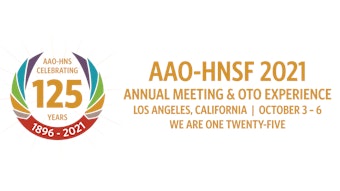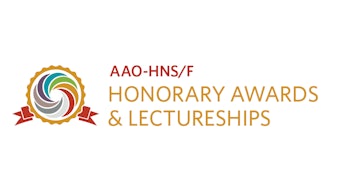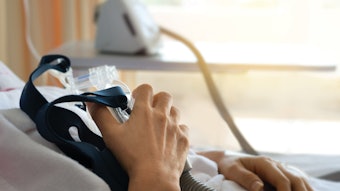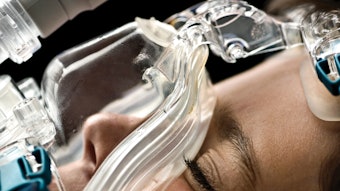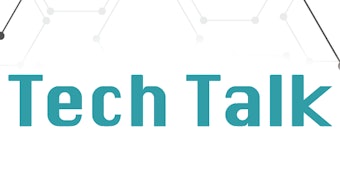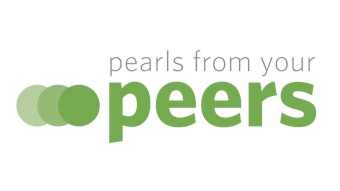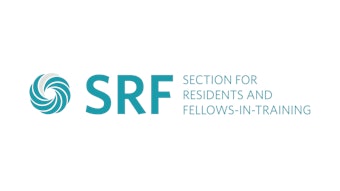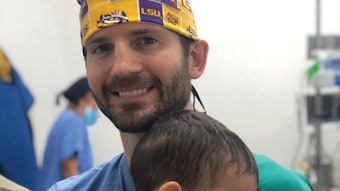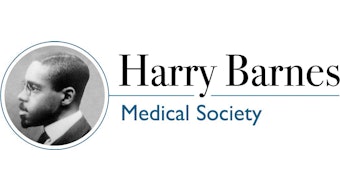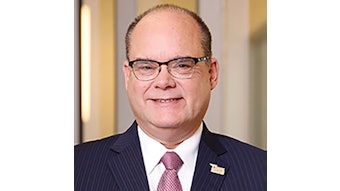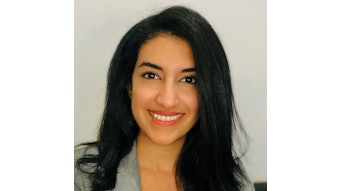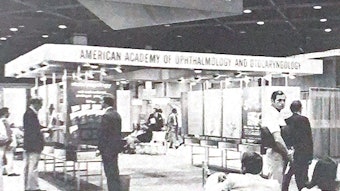What Is New in Bone Conduction Implant Technology?
For patients with conductive hearing loss (CHL), mixed hearing loss (MHL), or single-sided deafness (SSD), conventional hearing aids and contralateral routing of signal (CROS) devices have traditionally served as nonsurgical hearing rehabilitation options
Michael M. Li, MD; Aaron C. Moberly, MD; Oliver F. Adunka, MD; and Varun V. Varadarajan, MD
Endorsed by the AAO-HNS Hearing Committee
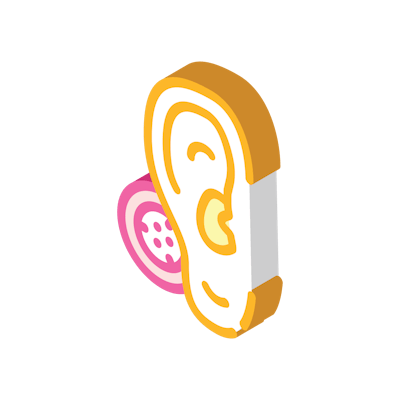
Implantable passive bone conduction devices (e.g., BAHAs) have been in use since the 1970s. These devices transmit vibrational energy to the calvarium and cochlea through an implanted abutment attached to a wearable processor. Håkansson and colleagues found that four-tone pure tone average with the device allowed 25-32 dB gain as compared to the unaided condition.3 In the setting of SSD, studies have also demonstrated superiority of BAHAs to CROS hearing for hearing in noise and patient satisfaction with corresponding gain of up to 20 dB.4 Although a narrower band of sound frequencies is being provided compared to acoustic amplification with a CROS hearing aid, the transmitted frequency bands are more efficiently routed, contain less distortion, and contain useful information for speech recognition.5 While percutaneous BAHAs remain widely used, frequent complications associated with the abutment (e.g., skin overgrowth, irritation, breakdown) or failure of osseointegration requiring revision or explantation have been reported in long-term studies.6 This led to the development of passive transcutaneous devices, which transmit sound through a subcutaneously implanted magnet and a wearable external processor. Some studies reported equivalent audiologic outcomes with lower skin-related complication rates, and several reported inferior gain with transcutaneous devices.7,8 This is to be expected, as transcutaneous sound transmission results in diminution of sound energy (up to 10-15 dB) through the scalp and soft tissue.3 Theoretically, active devices circumvent this problem by providing direct vibrational energy.
The two active BCIs most used today are the MED-EL BONEBRIDGE and Cochlear Osia. Indications include CHL, MHL, and SSD. Both devices are U.S. Food and Drug Administration (FDA) approved for those with cochlear reserve (i.e., bone conduction thresholds) of up to 45 dB HL or better (65 dB HL for the Osia). For SSD, the contralateral ear should have normal thresholds. Both devices consist of a subcutaneously implanted receiver-stimulator, an active component capable of providing direct vibrational energy, and an externally worn microphone and sound processor. Functionally, the two devices differ in how they deliver vibrational energy: The BONEBRIDGE utilizes a floating mass transducer (FMT), and the Osia houses a piezoelectric motor that transmits energy to an osseointegrated abutment. For most patients, the standard surgical approach for both devices consists of a post-auricular incision with placement of the implanted component in or around the mastoid bone. A well is drilled for the BONEBRIDGE’s FMT, and the Osia requires implantation of an osseointegrated screw, like the Cochlear Baha.
Analyses of audiologic outcomes for these devices have shown significant improvement in functional gain (FG) and speech recognition. A meta-analysis of the BONEBRIDGE in 2019 showed mean FG for all indications of 31dB HL. The FG for CHL was highest at 39 dB HL, while that for both MHL and SSD was 29 dB HL.7 Mean word recognition score improvement was 52% for all indications, and again best for CHL at 56%, 55% for MHL, and 38% for SSD. Studies investigating Osia performance report similar functional gain.9,10 A notable additional benefit of the active bone conduction devices is the improved FG at high frequencies. In passive devices, high-frequency sound suffers the greatest degree of attenuation through skin. Direct comparison studies with passive devices have shown greater FG of active BCIs in the high frequencies.9 Improved high-frequency gain is critical for appreciation of certain environmental sounds and music. Finally, the completely subcutaneous profile of the BONEBRIDGE and Osia has led to decreased rates of skin-related complications.6
Active BCIs are not without limitations, predominantly in the realm of technical nuances and lack of defined referral criteria. With a depth of 4.5 mm, the most recent BONEBRIDGE BCI 602 device may require dural or venous sinus decompression to create a bony seat capable of accommodating the FMT. In patients with previously operated anatomy (e.g., large mastoidectomy), this may prohibit implantation; although retrosigmoid and middle fossa approaches have been successfully employed.11 Additionally, while both devices are magnetic resonance imaging conditional, the internal magnet needs to be removed to avoid significant artifact. Finally, although there are clear surgical indications, no defined referral criteria exist. In certain situations, such as patients with bone conduction thresholds worse than 45 dB, a passive device may be preferred, such as the Cochlear Baha 5 (55 dB) and Baha 5 SuperPower (65 dB) devices. In potential candidates, the MED-EL AdHear or Cochlear Baha Softband offers approximations of implanted devices; however, the AdHear requires normal bone conduction thresholds.12
Active BCIs are a promising technology and offer distinct advantages to traditional passive BCIs, such as improved FG with more accessible sound frequencies and lack of a percutaneous abutment. Referral should be considered in patients with SSD or patients with CHL/MHL with up to 45 dB HL bone conduction thresholds. Patients with refractory chronic ear disease may be referred, and radical mastoidectomy may be performed prior to or in conjunction with implantation. Congenitally or surgically altered anatomy, persistent air-bone gap after previous middle ear surgery, or patients not wishing to pursue middle ear surgery in the setting of CHL or MHL (e.g., otosclerosis) are also suitable candidates. Patients with chronic skin complications related to percutaneous abutments may also be considered, and their previous abutment may be removed at the time of implantation. As BCI technology evolves, active implants may be developed to accommodate for greater degrees of sensorineural hearing loss, have fewer technical nuances, and perhaps ultimately obviate the need for passive bone conduction implants.
References
1. Cochlear Ltd. Cochlear Osia System. https://www.cochlear.com/us/en/professionals/products-and-candidacy/osia. Accessed May 2, 2021.
2. MED-EL Medical Electronics. BONEBRIDGE BCI 602 Bone Conduction Implant. https://www.medel.pro/products/bci602. Accessed May 2, 2021.
3. Håkansson B, Lidén G, Tjellström A, et al. Ten years of experience with the Swedish bone-anchored hearing system. Ann Otol Rhinol Laryngol Suppl. 1990;151:1-16.
4. Niparko JK, Cox KM, Lustig LR. Comparison of the bone anchored hearing aid implantable hearing device with contralateral routing of offside signal amplification in the rehabilitation of unilateral deafness. Otol Neurotol. 2003;24(1):73-78. doi:10.1097/00129492-200301000-00015
5. Wazen JJ, Ess MJ Van, Alameda J, Ortega C, Modisett M, Pinsky K. The Baha system in patients with single-sided deafness and contralateral hearing loss. Otolaryngol Neck Surg. 2010;142(4):554-559. doi:10.1016/j.otohns.2009.12.047
6. Crowder HR, Bestourous DE, Reilly BK. Adverse events associated with Bonebridge and Osia bone conduction implant devices. Am J Otolaryngol. 2021;42(4):102968. doi:https://doi.org/10.1016/j.amjoto.2021.102968
7. Magele A, Schoerg P, Stanek B, Gradl B, Sprinzl GM. Active transcutaneous bone conduction hearing implants: systematic review and meta-analysis. PLoS One. 2019;14(9):1-19. doi:10.1371/journal.pone.0221484
8. Oberlies NR, Castaño JE, Freiser ME, McCoy JL, Shaffer AD, Jabbour N. Outcomes of BAHA connect vs BAHA attract in pediatric patients. Int J Pediatr Otorhinolaryngol. 2020;135(February):1-5. doi:10.1016/j.ijporl.2020.110125
9. Goycoolea M, Ribalta G, Tocornal F, et al. Clinical performance of the OsiaTM system, a new active osseointegrated implant system. Results from a prospective clinical investigation. Acta Otolaryngol. 2020;140(3):212-219. doi:10.1080/00016489.2019.1691744
10. Lau K, Scotta G, Wright K, et al. First United Kingdom experience of the novel Osia active transcutaneous piezoelectric bone conduction implant. Eur Arch Oto-Rhino-Laryngology. 2020;277(11):2995-3002. doi:10.1007/s00405-020-06022-7
11. Carnevale C, Tomás-Barberán M, Til-Pérez G, Sarría-Echegaray P. The Bonebridge active bone conduction system: a fast and safe technique for a middle fossa approach. J Laryngol Otol. 2019;133(4):344-347. doi:10.1017/S0022215119000501
12. Skarzynski H, Lorens A, Dziendziel B, Skarzynski PH. Expanding pediatric cochlear implant candidacy: a case study of electro-natural stimulation (ENS) in partial deafness treatment. Int J Pediatr Otorhinolaryngol. 2015;79(11):1896-1900. doi:10.1016/j.ijporl.2015.08.040
